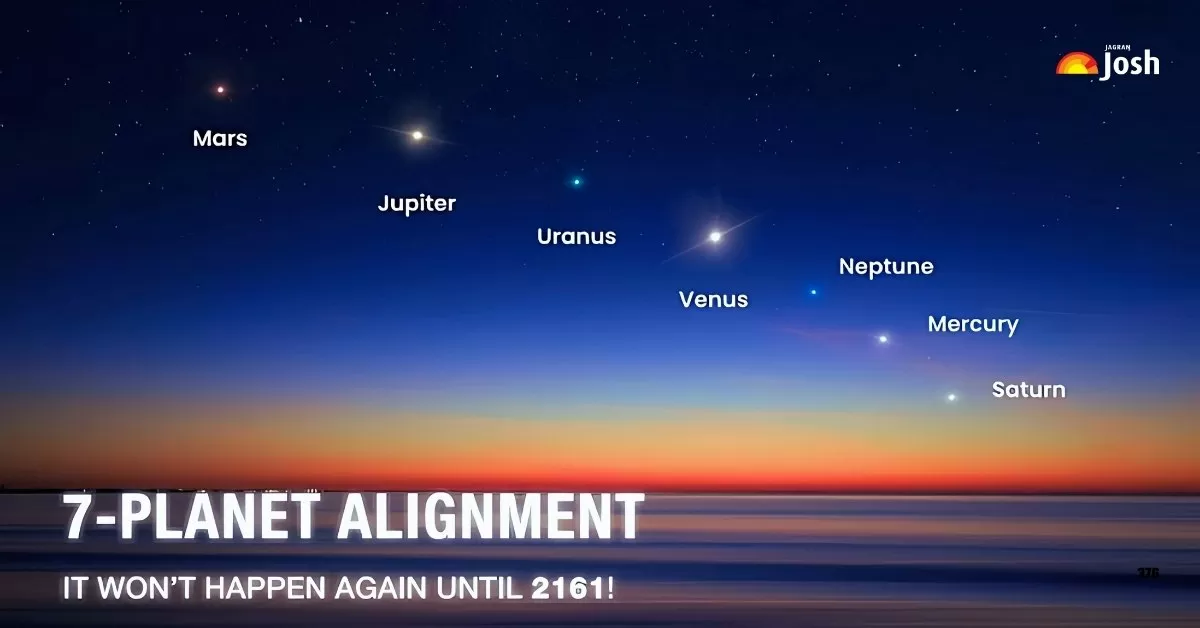Planetary Parade 2025: On February 28, 2025, a rare planetary parade will occur, with seven planets—Mercury, Venus, Mars, Jupiter, Saturn, Uranus, and Neptune—aligning in the evening sky. This celestial event offers a unique opportunity for stargazers to observe multiple planets simultaneously.

Planet Parade 2025, February 28
A planetary parade occurs when multiple planets align in the sky, appearing close together from Earth’s perspective.
On February 28, 2025, an extraordinary event will take place: seven planets—Mercury, Venus, Mars, Jupiter, Saturn, Uranus, and Neptune—will align in the evening sky. This rare spectacle won’t happen again until 2040.
Venus will be the brightest, easily visible to the naked eye. Mars will display a reddish hue. Jupiter and Mercury will also be visible without special equipment, but they set quickly. Jupiter will set around 6:30 PM and Mercury by 7 PM.
Uranus and Neptune require binoculars or a telescope due to their faintness. Saturn, being close to the Sun, will be challenging to spot.
In Delhi, India, the weather forecast for February 28, 2025, indicates some clouds with possible thunderstorms in the evening, which may hinder visibility.
Planetary Parade 2025, February 28: Time, When and Where to Watch, And Best Ways to Observe
The Planetary Parade 2025 on February 28 is a rare celestial event where seven planets—Mercury, Venus, Mars, Jupiter, Saturn, Uranus, and Neptune—will align on one side of the Sun. Here’s how to make the most of this spectacular event:
When to Watch
- Best Time: The ideal time to observe the planetary parade in the United States is shortly after sunset, approximately between 6:30 PM and 9:00 PM local time.
- Visibility Period: The planets will be visible for a few hours, but the best viewing conditions are during twilight, about 45 minutes after sunset.
Where to Watch
- Location: Find a spot with minimal light pollution for the best view. Open areas or hills away from city lights are ideal.
- Direction: Look towards the western horizon for Mercury, Venus, and Saturn, and towards the southeast for Jupiter and Uranus.





